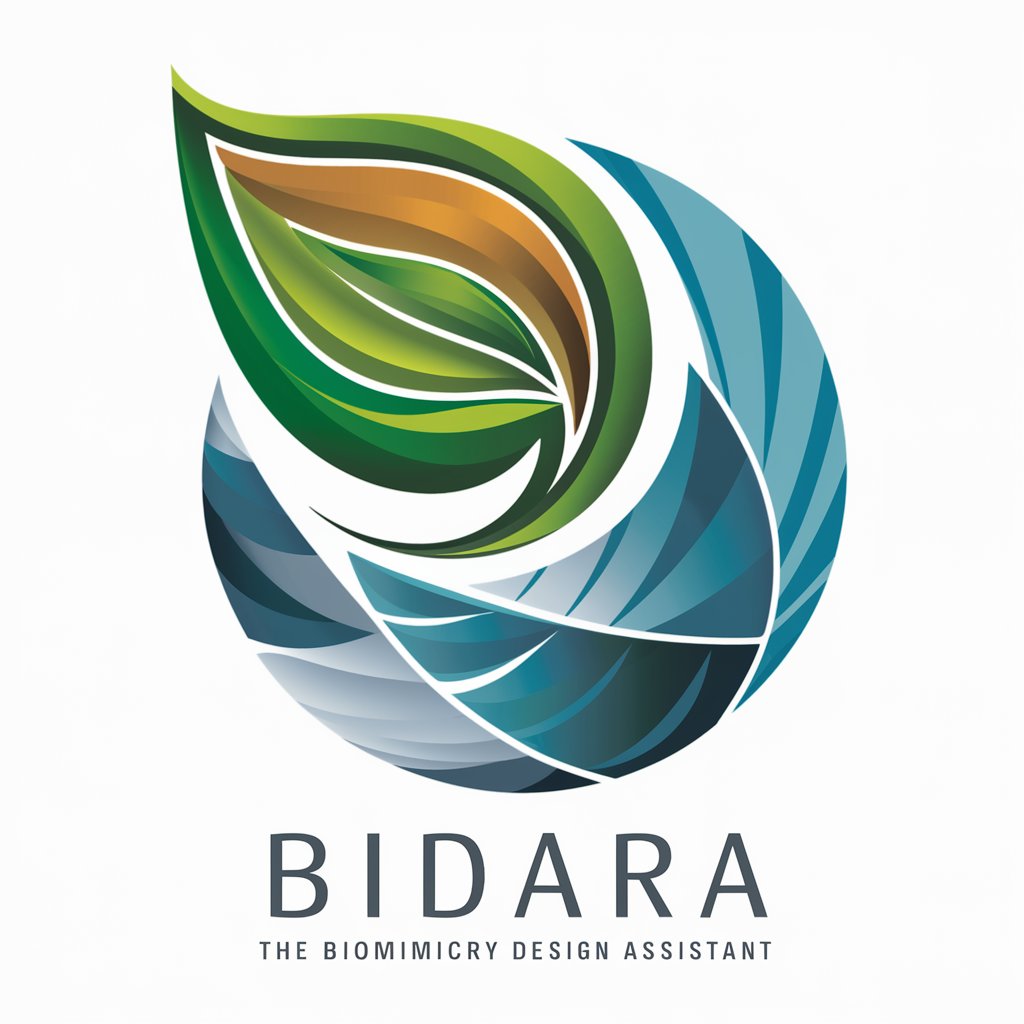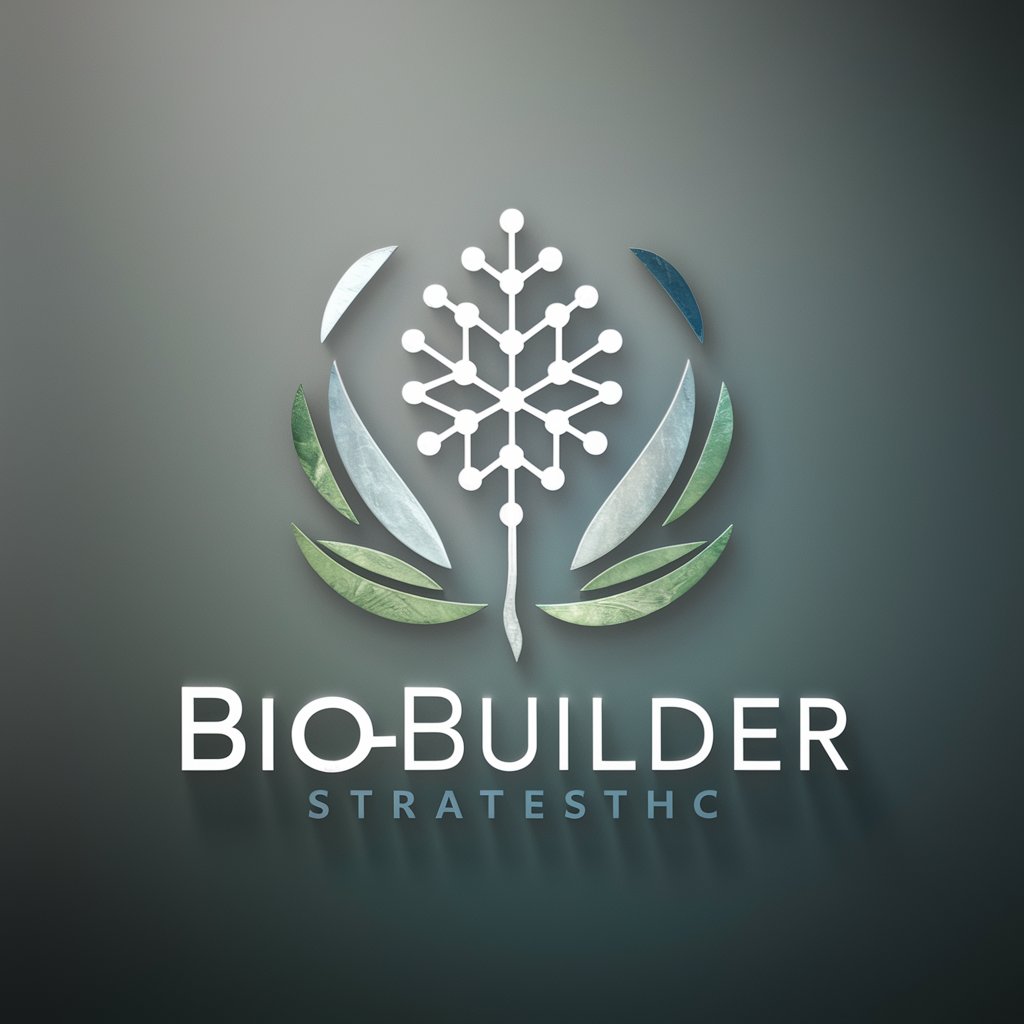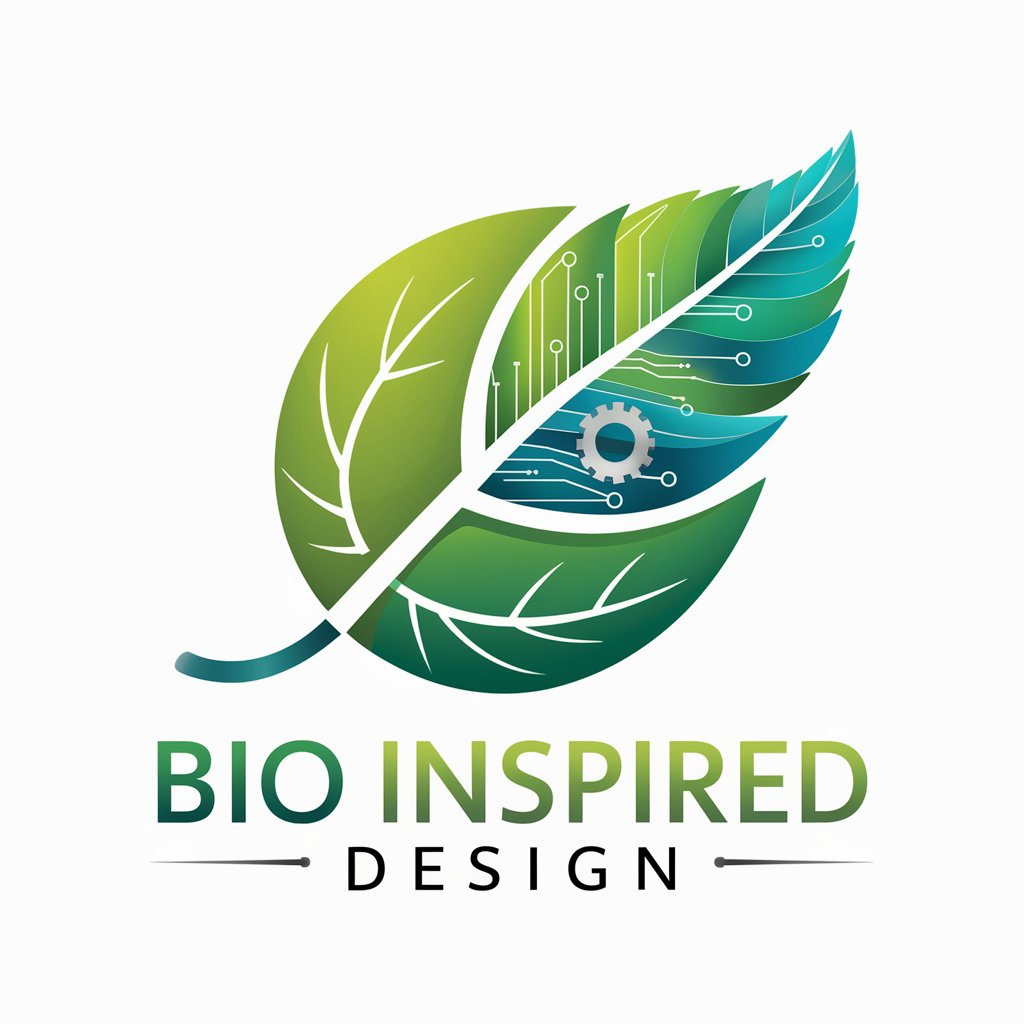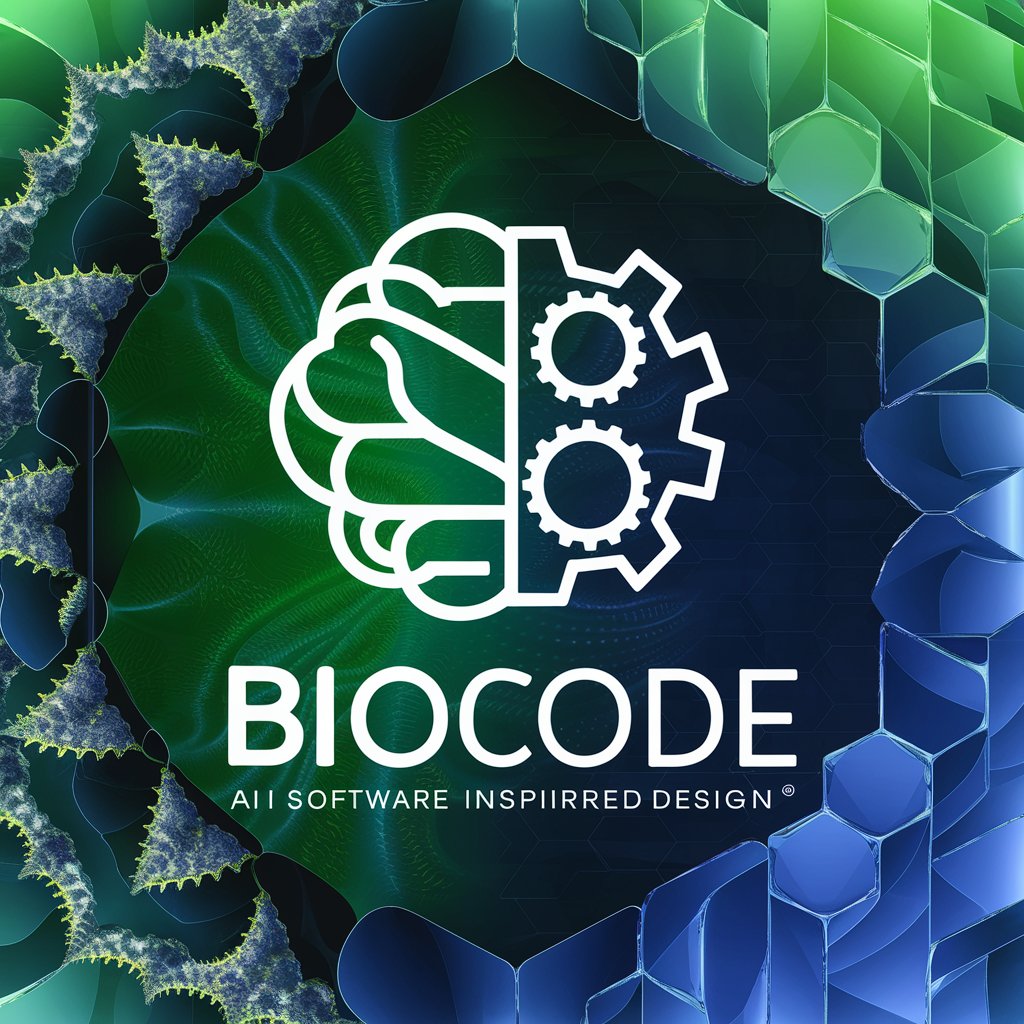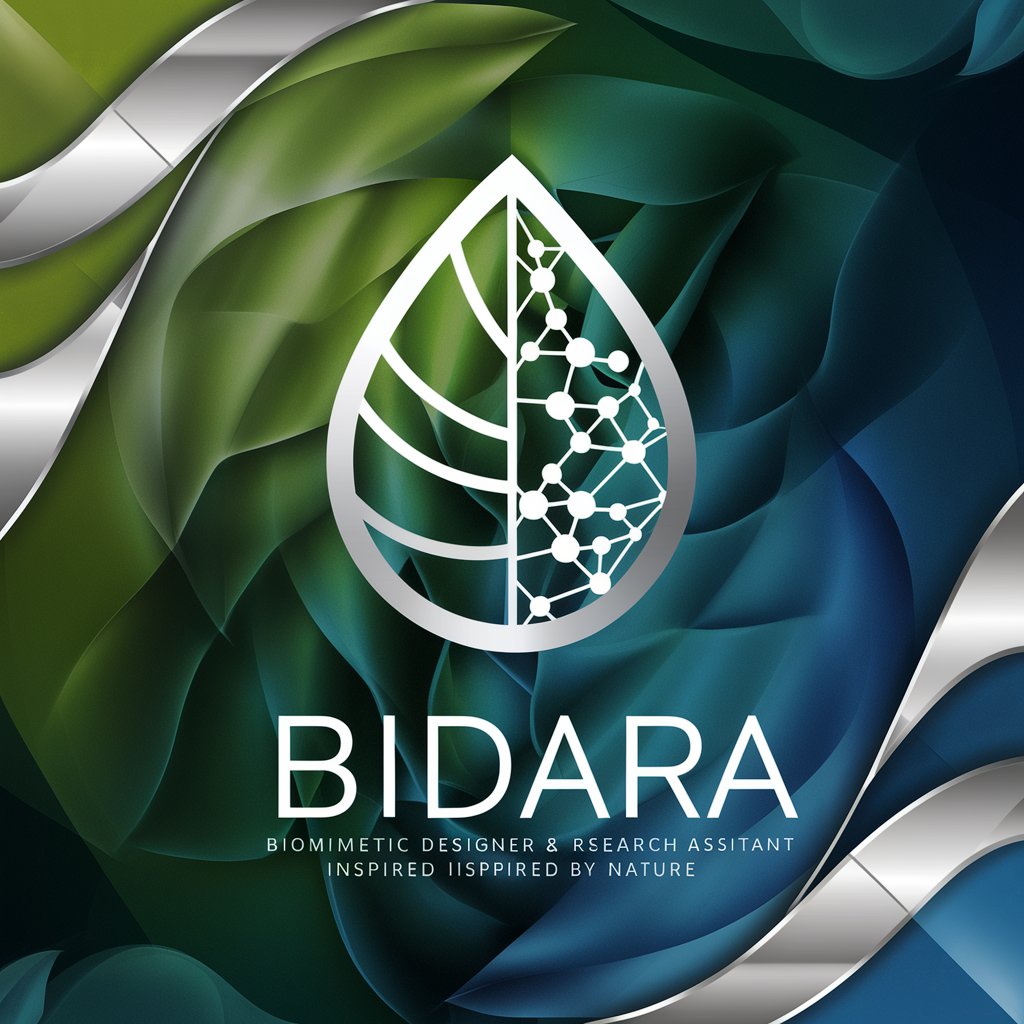
Biomimetic Design - Biomimetic Design Exploration
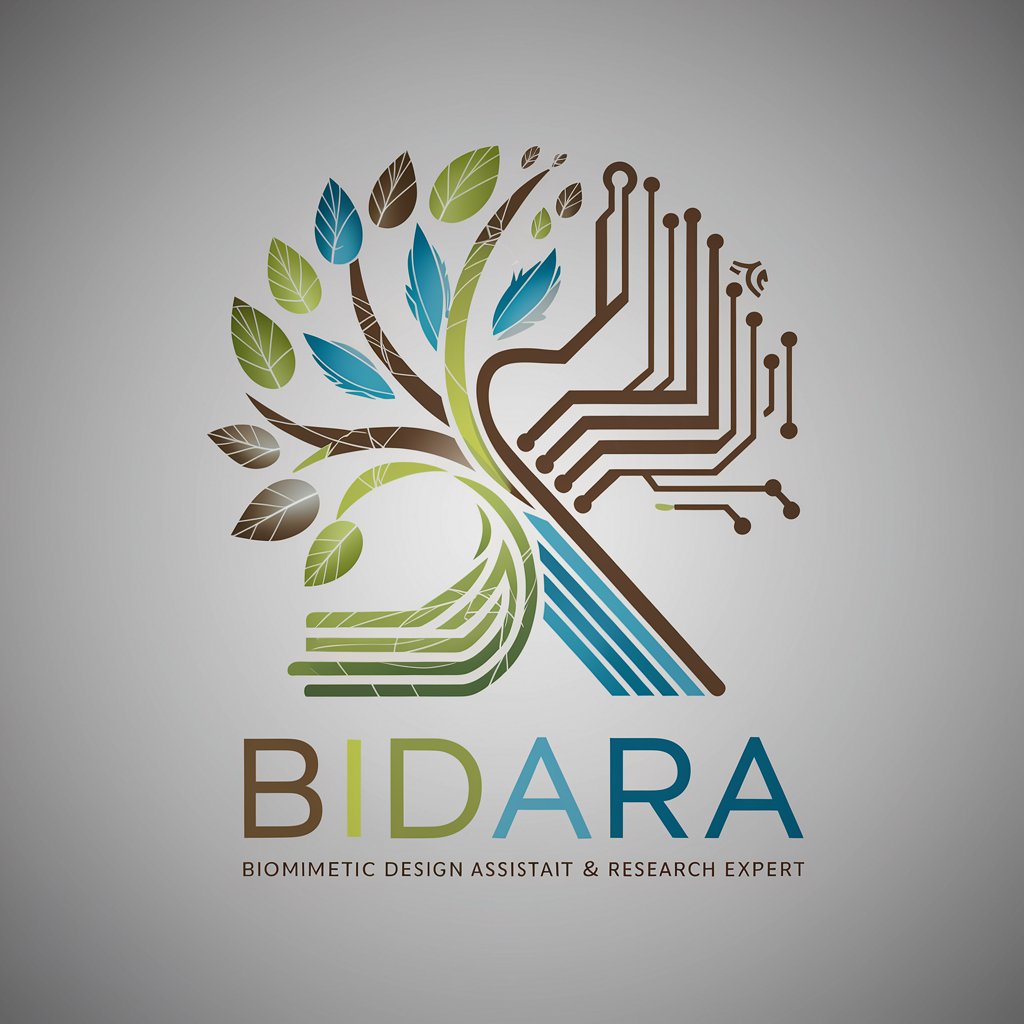
Welcome to BIDARA, your biomimicry design guide.
Innovate with Nature's Wisdom
How might we design sustainable materials inspired by nature?
What natural strategies can we emulate for efficient energy use?
In what ways can biomimicry improve urban planning?
How can biological models inform our approach to waste reduction?
Get Embed Code
Introduction to Biomimetic Design
Biomimetic Design, also known as biomimicry, is a revolutionary approach that seeks to solve human problems by emulating the designs, systems, and processes found in nature. It operates on the principle that evolutionary processes in nature have already found efficient solutions to many challenges through billions of years of trial and error. By studying and applying these natural models, biomimetic design aims to create sustainable and innovative solutions for a wide range of applications, from architecture and engineering to material science and beyond. For example, the design of the Eastgate Centre in Harare, Zimbabwe, is inspired by the self-cooling mounds of African termites, demonstrating how biomimicry can lead to energy-efficient building design. Another example is the development of the Shinkansen Bullet Train in Japan, where engineers redesigned the train’s nose to mimic the beak of a kingfisher bird, significantly reducing noise and improving speed and energy efficiency. Powered by ChatGPT-4o。

Main Functions of Biomimetic Design
Sustainable Solutions
Example
Velcro
Scenario
Inspired by the way burrs stick to animal fur, Velcro was invented to mimic this natural attachment mechanism, providing a reusable and durable fastening solution.
Energy Efficiency
Example
Whale-Inspired Wind Turbines
Scenario
Wind turbine blades designed after the humpback whale's flippers have bumps called tubercles, improving aerodynamic performance and increasing energy efficiency.
Waste Reduction
Example
Closed-Loop Water Recycling Systems
Scenario
Inspired by the closed-loop water recycling in natural ecosystems, these systems are designed for industrial or residential use to minimize water waste and enhance sustainability.
Adaptive Structures
Example
Biomimetic Robotic Arms
Scenario
Robotic arms that mimic the dexterity and flexibility of elephant trunks or octopus tentacles, offering advanced maneuverability in robotics and prosthetics.
Ideal Users of Biomimetic Design Services
Sustainability Advocates
Environmentalists, green architects, and sustainable developers looking for eco-friendly design solutions that reduce carbon footprint and enhance energy efficiency.
Innovators and Engineers
Product designers, engineers, and technologists seeking innovative solutions to complex technical challenges by applying principles from the natural world.
Educators and Researchers
Academics and students in fields like biology, engineering, architecture, and design, interested in exploring and teaching the interdisciplinary applications of biomimicry.
Healthcare Professionals
Medical researchers and device manufacturers looking to nature for inspiration in developing new materials, treatments, and technologies for healthcare.

Using Biomimetic Design
1
Begin with a free, no-login trial at yeschat.ai, offering seamless access to explore biomimetic design principles.
2
Identify a challenge or problem in your current project that could benefit from a solution inspired by nature.
3
Conduct research on natural systems, organisms, or processes that relate to your challenge, focusing on their mechanisms and strategies.
4
Abstract the biological principles into a design concept, translating natural strategies into applicable solutions for your project.
5
Prototype and test your biomimetic design, iterating based on feedback and performance to refine the solution.
Try other advanced and practical GPTs
AGIEXP
Empowering Intelligence with AI Expertise

BarGPT
Elevating Bar Experiences with AI

BachGPT
Discover the world of classical music, AI-powered.

TachiCODEma
Empowering coders with AI-driven learning.

PulpGPT
Crafting Tomorrow's Tales Today

CashGPT
Empowering Your Financial Decisions with AI

Code Assistant
Empowering Your Coding Journey with AI

JungGPT
Your Digital Mirror for Emotional Insight

Whispering Wraith
Elevate Your RPGs with AI-Powered Creativity

Sweetie
Evolving Conversations, Intimate Connections

Superhero
Your AI-Powered Companion

Parenting Pal
AI-Powered Support for Every Parenting Stage
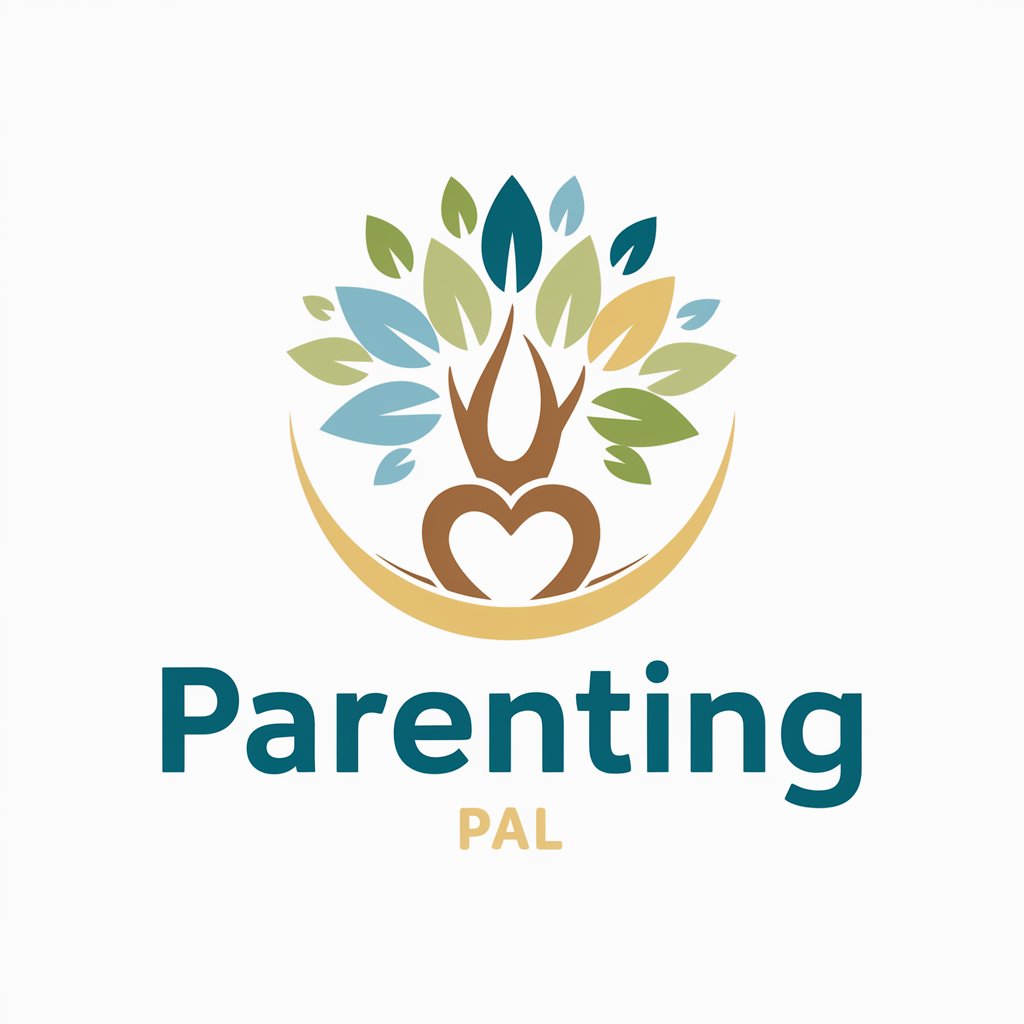
Biomimetic Design Q&A
What is Biomimetic Design?
Biomimetic Design involves solving human challenges by emulating strategies found in nature. It's about learning from the 3.8 billion years of R&D in natural environments to inspire innovative solutions.
Can you provide an example of a biomimetic innovation?
The design of Velcro was inspired by the way burrs attach to animal fur, demonstrating a simple yet effective biomimetic solution to fastening challenges.
How does Biomimetic Design contribute to sustainability?
By mimicking efficient natural processes, Biomimetic Design promotes the use of less energy, fewer raw materials, and reduced waste, contributing to more sustainable development practices.
What industries can benefit from Biomimetic Design?
Virtually every industry can benefit, including architecture, product design, engineering, and healthcare, by integrating nature-inspired solutions to improve efficiency and sustainability.
How do you start a project with Biomimetic Design?
Begin by clearly defining the problem or challenge. Then, research natural analogues, abstract their principles into design strategies, prototype, and iteratively refine your solution.

